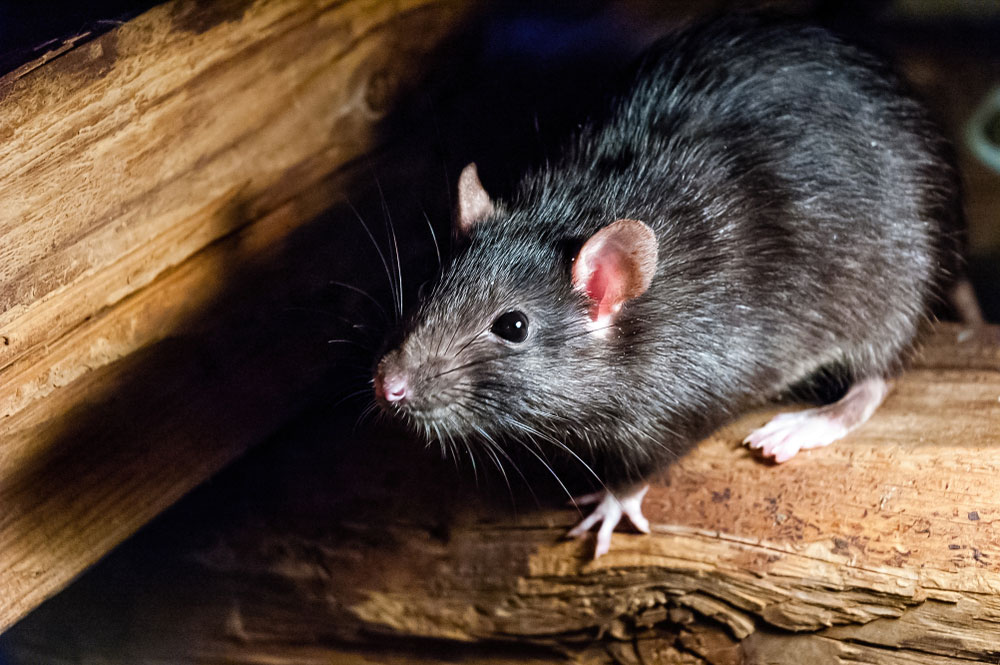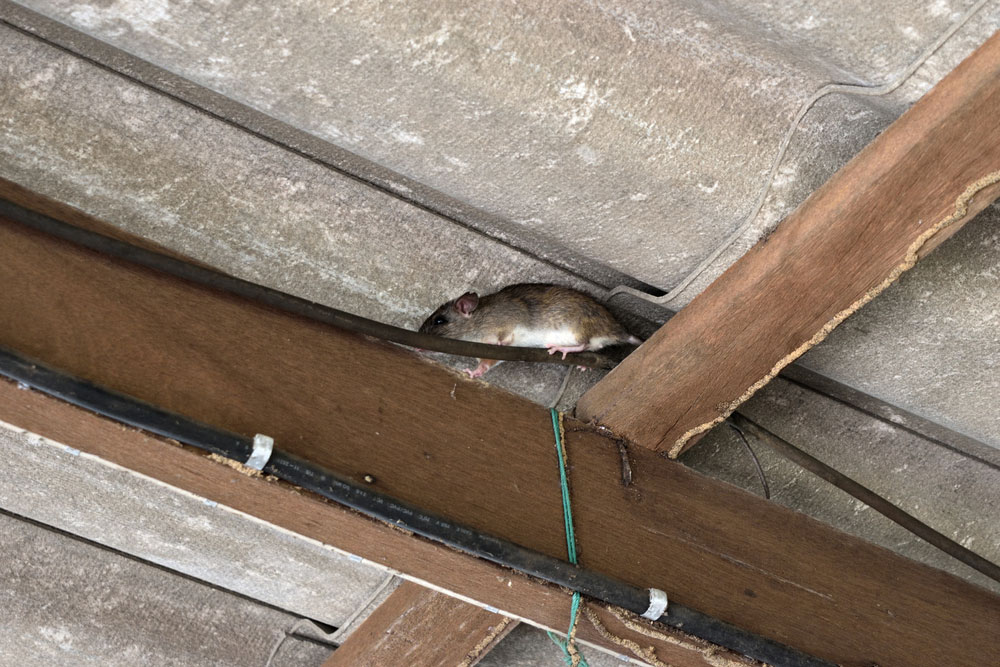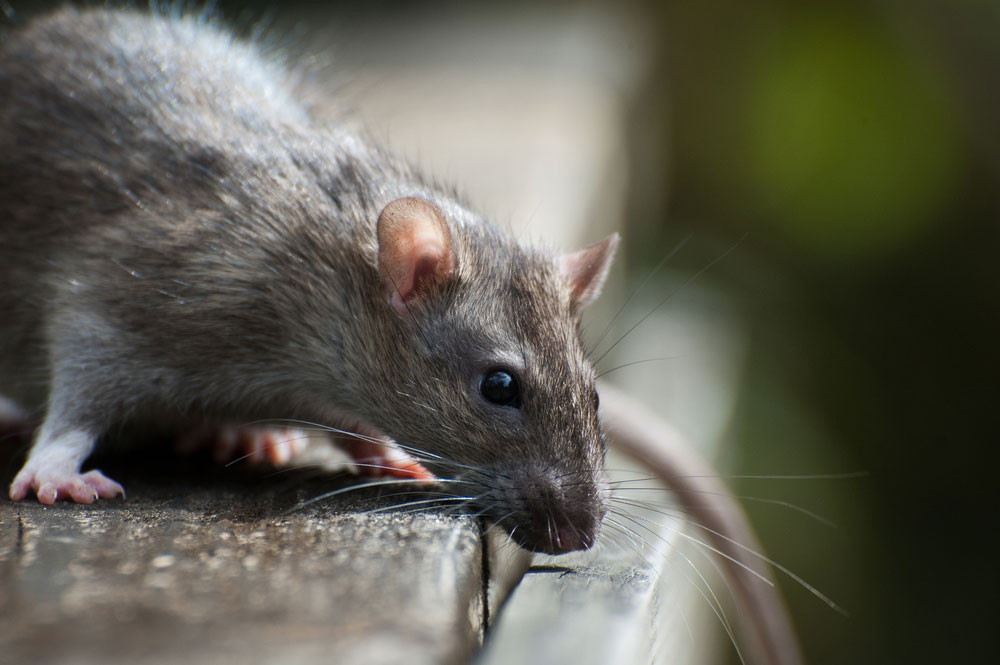#1. ROOF RAT INSPECTION!
You have to treat it as an investigation. Investigate to find animal activity facts. The facts that show the telltale signs of the activity in different areas. We call them HOT SPOTS. They are the attic, walls, crawlspace, hot water heater room, furnace room, under sinks, beside refrigerators, pantries, basements, and unfinished areas. Look for droppings, smells, and anything that seems out of place. Like trails and tunneling through the insulation. Ask the occupant of the home. What’s the history of the activity and the present activity? Things like, type of noises and time of day in which they hear the noises. Ask them about any droppings that they have seen throughout the house. That they might have cleaned up. Then you would also want to know which area of the house they are hearing any noise. At this point after you’ve done a full inspection of all the HOT SPOTS. You should have a good understanding of all the work that needs to be done below. This information is like being inside the mind of a licensed technician.
TOP WORK NEEDED ON HOME
#2. SEAL/RAT PROOF BUILDERS GAP
The gap under shingles above gutters. Some people call it a ventilation gap, construction gap, or builders gap. Install galvanized steel over builders gap, in four-foot pieces under shingles over the gap and around the entire gutter system. Then pat down shingles leaving no trace. This permanently keeps the rats out.
#3. SEAL ALL CORNERS, VALLEYS, & EAVES
Install galvanized steel over corners valleys and eave gaps. To prevent entry. These areas are some of the most vulnerable areas. These areas must be sealed. Many jobs end up with rats re-entering the house months after the work has been done. This is typically due to these areas not being done, or being done incorrectly or completely missed altogether.
#4. MUST SEAL OR SCREEN, IF NEEDED
Any open gable vents, roof vents, attic fans, or ridge vents use galvanized steel, metal, and caulk. Basically, everything that is aesthetically pleasing to the eye, according to the work that is needed. Our job is to keep the rats out and allow all ventilation areas to breathe. So use breathable material in all the necessary areas that need to breathe. Which is usually hardware cloth cut in strips, then doubled up. And then use metal galvanized flashing in the other areas that can be entirely sealed. Use bendable metal cut to fit. Just make it look as good as possible. Sometimes you could use some paint, just so the metal matches the house better. So you can sell your home with ease in the future.
BOTTOM WORK NEEDED ON HOME
#5. THINGS TO BE SEALED OR FIXED AROUND GROUND AND FOUNDATION
Seal all holes, gaps, cracks, pipes, gas lines, sewer lines, and A/C lines. Rescreen all foundation vents. Because the screen that comes with the house is usually no good. Then reinforce foundations were needed, with concrete. If the crawl space door is rotted or damaged. Then fully replace that too. With a new door designed to keep rats out. If you have done step one above. Then you will know what groundwork needs to be done around the crawlspace or foundation.
#6. GARAGE DOOR
Make sure the track is aligned and that the weather stripping is tight and secure to the ground. And never leave your garage door open for a long period of time. Have all unfinished areas in the garage finished so that the rats can’t get into the walls from the garage and into the attic, basement, or crawlspace. By following electrical, plumbing or ductwork into the walls.
#7. SET RAT TRAPS
Once you have sealed your house from top to bottom. And all work is done. It is time to go ahead and set rat traps in the attic, crawl space, or basement. Use professional traps with a sensitive setting. It should be able to get those at your local professional pest control store. Bait the traps with slim jim, peanut butter, or Tootsie rolls. Catch the roof rats. Empty the traps. Set some more. When you no longer catch any more rats in the traps. And the noises have stopped. Then the job is done. This can sometimes take up to 30 days.
#8. MAINTENANCE/PREVENTION
Keep gutters clean. Keep tree limbs, leaves, and all debris off the roof. Keep tree limbs trimmed at least 10 feet away from the house. Cut all trees that are next to the house. Must keep gutters cleaned, to prevent rotten wood from occurring. Or a new Infestation will occur again. You must keep all trash cans covered with tight lids. Keep the grass cut and bushes trimmed down away from the gutter line. Keep pet food in metal containers. Keep junk and trash off of your property. Follow these preventative measures. Only then can you enjoy the true benefits of your home being roof rat-free, for good!



